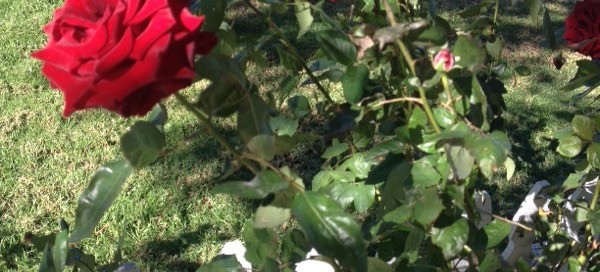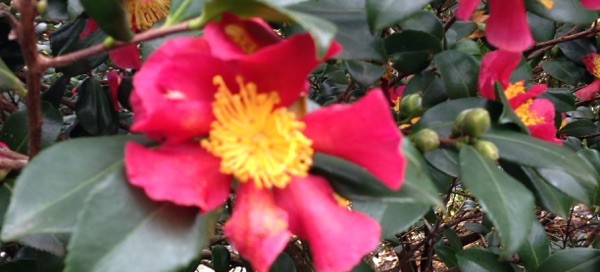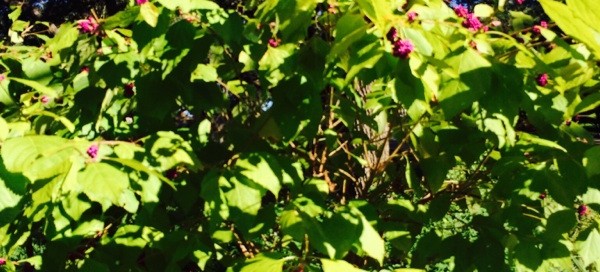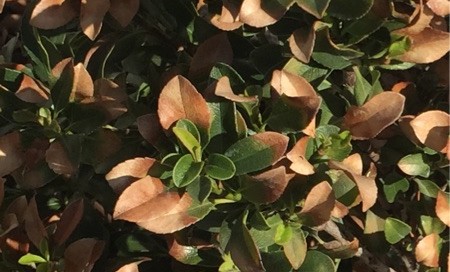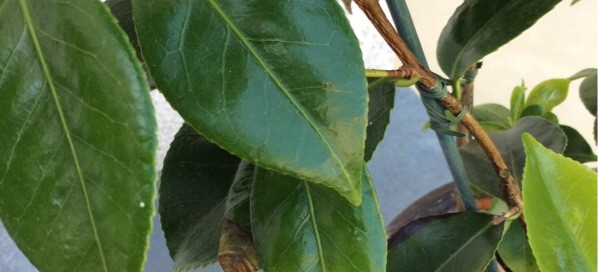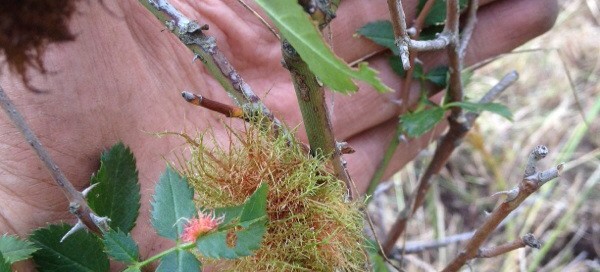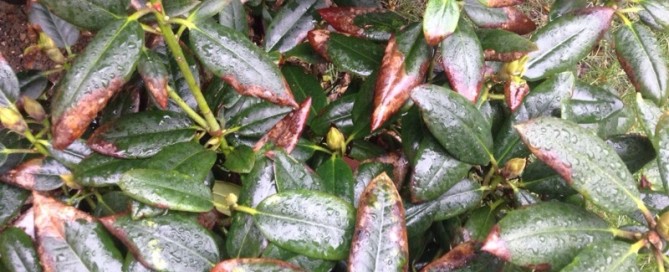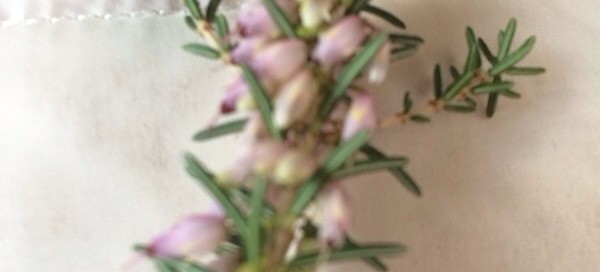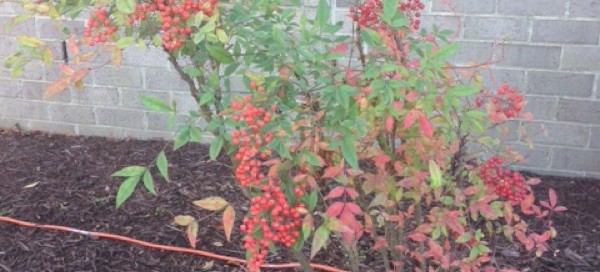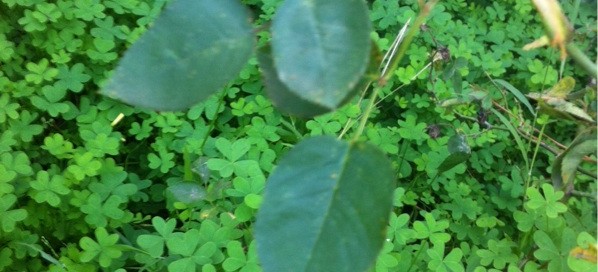Rose
Unfortunately we cannot identify the cultivar or species of rose because there are over 150 wild species of shrubs and climbers native to Asia, Europe, North Africa and North America, plus thousands of different garden forms of varying growth and flower types divided into two broad categories Old Garden Roses and Modern Roses. However, we suggest you contact your local rose society such as sandiegorrosesociety.org or californiacoastalrose.com or a horticulturist at your local garden center that specializes in roses when the flower is in bloom and hopefully they can identify further for you. Also there are many helpful websites including: www.helpmefindroses.com. All roses do best in full sun with regular water and feed with a slow release or organic fertilizer formulated for roses.
